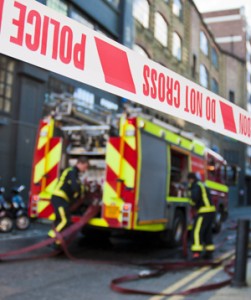The National Audit Office has tagged a project to as a poorly managed failure. The project was aimed at centralizing the fire and rescue services control rooms. The contract for this project was given to EADS (European Aeronautic Defence and Space Company). EADS is a renowned defence and military contractor. The estimated cost of the project was £245m. The project was then cancelled in the year 2010. The project could not be delivered and a minimum of £496m was wasted on the project because of its failure. The National Audit Office (NAO) believes a £180m might have been wasted further.
The total amounts to a huge loss. Amyas Morse, who is the head of the National Audit Office, said in a statement that this failed project was another very conspicuous example of a government IT project which has failed to give the results and has absorbed ample resources. The fire and security services that were locally accountable did not get convinced with the logic behind a regional approach. The benefits of the same were not clear and were not properly communicated to the local services. As a result they remained unconvinced with the whole idea. Amyas also said that the project was implemented in a hurry and the management was very poor.

The essential checks and inspections that were made in the initial stage of project did not prove to be effective. The estimates were not feasible. The Department of Communities and Local Government (DCLG), which holds the responsibilities of fire and security services, said that the project had serious problems which resulted in its failure. In a statement by DCLG it said that it accepted the findings reported by NAO and also accepted the fact that there were serious failings in the project at the time of initiation and at the time of execution as well.
NAO has also reported that in 2009 the DCLG took hold of the project. They have taken significant steps in the project. These finding were acknowledged by the DCLG statement. They also said that they will seriously consider the recommendations made and identify the areas where improvement can be made. A chief fire and rescue adviser was recruited in the year 2007 and this significantly added strength to the input in the professional sense. They are now working with the fire and rescue sector so as to develop a new strategy which is built on the local solutions to the issue.